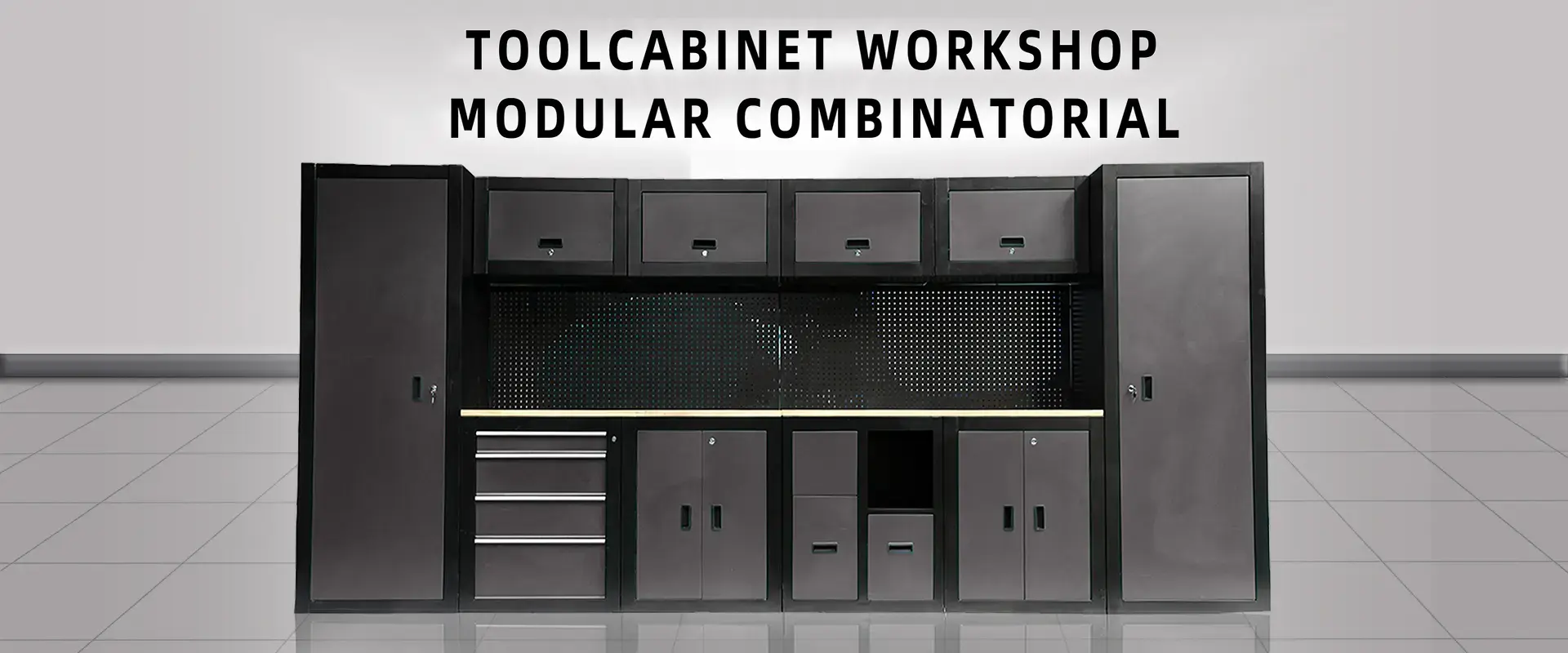The ergonomic design of the tool storage cabinet in the golden ratio
When designing tool lockers, ergonomic design is of vital importance. It not only affects the user experience but also enhances work efficiency and safety. The golden ratio is widely applied in ergonomic design because it can create spatial layouts that are both aesthetically pleasing and practical. The following are some key points about the ergonomic design of tool lockers and how to apply the golden ratio to optimize the design.
First, the basic principles of ergonomic design
(1) Appropriate scale
The design of the tool storage cabinet should conform to the natural form of the human body to ensure that users feel comfortable during use. For instance, the height and depth of the cabinet should be adjusted according to the user's height and arm length to reduce the frequency of bending over and stretching.
(2) The material selection and structure are reasonable
Select appropriate materials and structures to ensure the durability and stability of the tool storage cabinet. For instance, using high-strength steel or aluminum alloy can enhance the load-bearing capacity of storage cabinets while maintaining their lightness.
(3) Aesthetic appearance
The design of tool storage cabinets should not only be practical but also aesthetically pleasing. Through reasonable design, the storage cabinet can blend in with the surrounding environment and enhance the overall visual effect.
Second, the application of the golden ratio in the design of tool lockers
(1) Cabinet dimensions
The golden ratio is approximately 1:1.618, and this ratio can create a harmonious visual effect in design. For instance, the width and height of the storage cabinet can be designed in accordance with the golden ratio to ensure visual balance and aesthetics.
(2) Internal Structure
The partitions and drawers inside the storage cabinet should also follow the golden ratio. For instance, dividing the internal space of the cabinet according to the golden ratio can optimize the utilization efficiency of storage space and make the storage and retrieval of tools more convenient at the same time.
(3) Operation Area
When designing a tool storage cabinet, the operation area of the user should be taken into consideration. According to ergonomics, the height of the operation area should be such that the user can operate comfortably whether standing or sitting. For example, the height of the operation console can be designed to be about 1.5 times the height of the user's elbow to reduce bending and stretching.
Third, specific design suggestions
(1) In-depth design
The depth of the storage cabinet should be reasonably designed based on the size of the tools and their usage frequency. For example, for drawers storing small tools, the depth can be designed to be about 150mm. For cabinets storing large tools, the depth can be designed to be 300mm to 500mm.
(2) Height design
The height of the locker should be adjusted according to the height of the user. Generally speaking, the top of the cabinet should not exceed the height of the user's shoulders to reduce the discomfort caused by excessive stretching.
(3) Width Design
The width of the locker should be designed based on the usable space and the number of tools. If space permits, it can be designed as a double-door or multi-door storage cabinet to increase storage capacity.

Fourth, other precautions
(1) Ventilation and heat dissipation
Tool storage cabinets should have good ventilation and heat dissipation performance to prevent tools from getting damp and damaged. For example, ventilation holes can be designed at the bottom or top of the cabinet.
(2) Lighting Design
Installing lighting equipment inside the lockers can enhance the convenience of use. For instance, LED light strips can be installed to ensure that the tools can be clearly seen even in low-light environments.
(3) Labels and Classification
To improve the efficiency of tool access, labels can be attached to the drawers and partitions of the storage cabinet to categorize and store the tools.
By applying ergonomic design principles and the golden ratio, tool lockers can achieve higher usage efficiency and a better user experience. Reasonable design can not only improve work efficiency, but also reduce the fatigue and discomfort of users. It is hoped that the above content can help you better design and choose tool lockers. If you have any questions or need further information, please feel free to contact us at any time.

